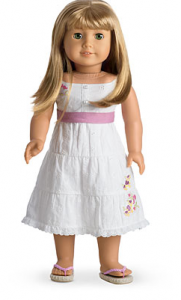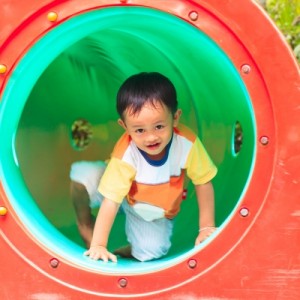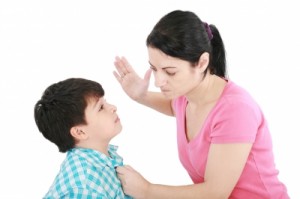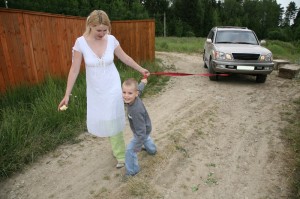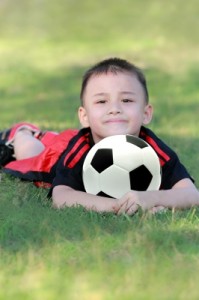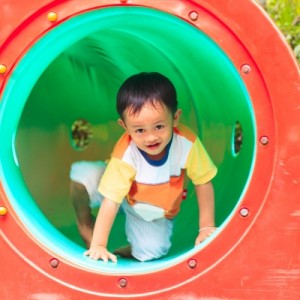When did playing to win become politically incorrect? While there are certainly buckets full of residual benefits from playing sports, THE OBJECT OF THE GAME IS TO WIN.
Look it up if you don’t believe me.
The object of basketball is to score the most baskets. The object of football is to score the most touchdowns. The object of baseball is to bring the most batters in. THE OBJECT OF THE GAME IS TO WIN.
Which is precisely why the steam bursting out of my ears is enough to propel my entire body through a series of hoops every time I hear a phrase like “the score is fun to fun.”
The game should be fun, but the score is supposed to be a number! And part of learning to play a game, possibly the most important part for many kids, is learning to lose-which is something you can’t do when “the score is fun to fun.”
I can’t tell you how thrilled I was to go to a scorekeeper’s clinic for my son’s basketball league this week. It wasn’t that the three-point play of tapping my foot, doing the homework handoff and my buzzer-beater run out of the house the instant my husband got home from work was particularly elegant. Nor was the explanation of when to hit the buzzer, and why fouls require a slash and free throws a circle all that scintillating. I was just happy to see that in basketball you keep score and the results are right up there on the light board for all to see.
Believe me, I’m not advocating bad sportsmanship, but I think they’re missing an important point when the youth basketball league sends out a beginning of season letter to parents saying we should redefine the word “winner.”
Merriam-Webster defines a winner as “one that wins; one that is successful especially through praiseworthy ability and hard work; a victor especially in games and sports.”
There is nothing wrong with that definition, but the league insists-with the best of intentions I am sure-on redefining the word “winner.”
“To help our children get the most out of competitive sports, we need to redefine what it means to be a ‘winner,'” the letter states. “Winners are people who make maximum effort, continue to learn and improve, refuse to let mistakes (or fear of making mistakes) stop them.”
These are all certainly worthy goals to teach our children, and definitely a good reminder to the coaches. But losing graciously is also an important part of life that I fear may get lost on the playing field when winners are defined as people who try hard, persist in their efforts and ultimately improve.
I’m a huge fan of good sportsmanship (which is what our league is really defining), fair play, improvement, effort, and learning – but none of those things have anything to do with winning and losing. I’d be the first to tell you that I’ve had plenty of “moral victories” against bad sports, but that’s not always what the win/loss column looks like.
In our house (and not coincidentally the houses that both my husband and I grew up in) the rule is that sometimes you win, sometimes you lose-it’s all part of playing the game-and if you can’t be a considerate winner or a gracious loser then you don’t get to play at all.
When our son was very young it wasn’t unusual for a game to be called on account of tears or tantrums, but he learned quickly that if you can’t behave like a good sport then you don’t get to play at all. It seems to me that rather than redefining winning, this is a much better lesson for youth sports to be teaching our kids.


